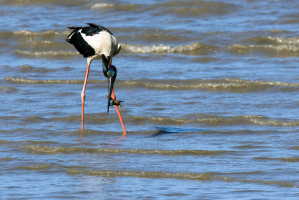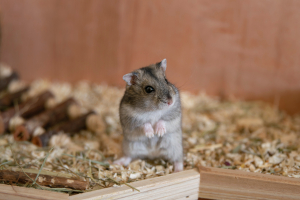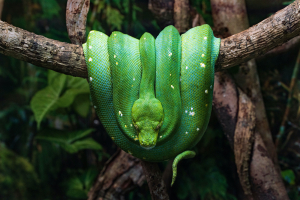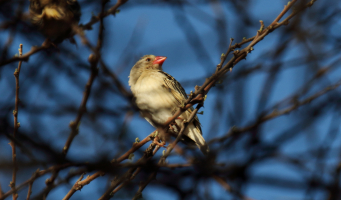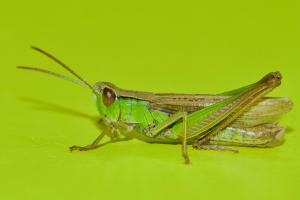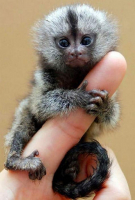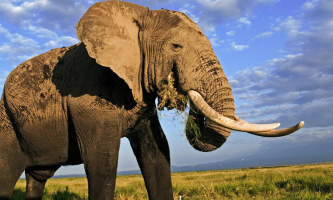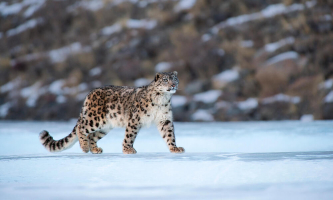Top 10 Incredible Animals That Live Underground
The habitats and lifestyles of animals are distinctive. Some choose to live in trees, some in the water, and still others prefer to live underground. In fact, ... read more...each species that inhabits a certain ecosystem also has physically distinct characteristics that enable it to easily survive in that environment. It also applies to creatures living underground! These creatures are generally referred to as subterranean fauna. Here is a list of incredible animals that live underground, let's find out!
-
The naked mole-rat (Heterocephalus glaber), also known as the sand puppy, is a burrowing rodent native to parts of East Africa. It is the sole species in the genus Heterocephalus of the family Heterocephalidae and is closely linked to blesmols. The naked mole-rat, along with the closely related Damaraland mole-rat (Fukomys damarensis), has a very unusual set of physical and behavioral characteristics that enable it to survive in a harsh underground environment. Most notably, it is the only mammalian thermoconformer with an almost entirely ectothermic (cold-blooded) form of body temperature regulation and exhibits a complex social structure divided into reproductive and non-reproductive castes
The epidermis of the naked mole-rat lacks pain sensitivity, and its metabolic and respiratory rates are extremely low. Formerly believed to be a member of the Bathyergidae family, which also includes other African mole-rats, more recent research has identified it as a member of the Heterocephalidae. The lifespan, resilience to cancer, and tolerance to oxygen deprivation of the naked mole-rat are also noteworthy traits.
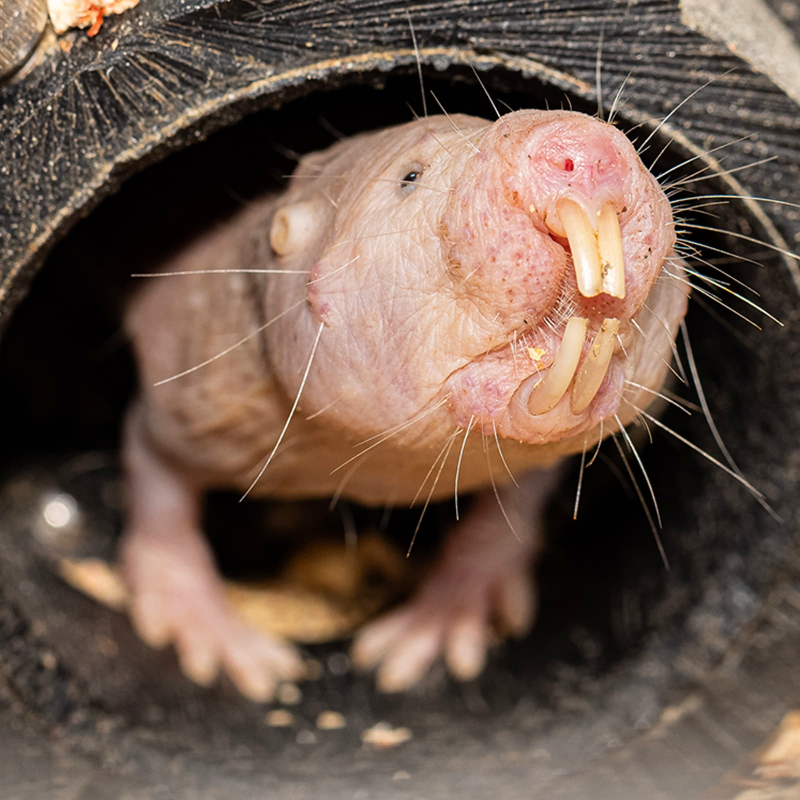
Via: Akron Zoo 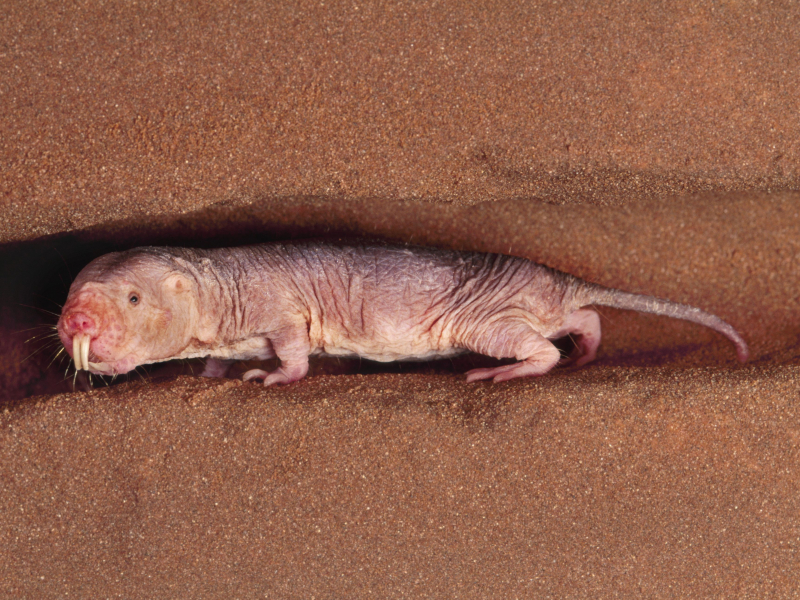
Via: ThoughtCo -
The mouse spider (missulena) is a genus of mygalomorph spiders in the family Actinopodidae. It was first described by Charles Walckenaer in 1805 and is a senior synonym of Eriodon. These spiders range in size from medium to giant, measuring 1 to 3 centimeters (0.39 to 1.18 in). They feature short spinnerets in the back of the abdomen, high, broad heads with eyes spread out over the front, and glossy carapaces. They primarily eat insects, though they will occasionally eat other small animals if the opportunity arises. They are mostly preyed upon by scorpions, centipedes, and wasps.
Additionally, these spiders display sexual dimorphism. Males are colored differently depending on the species, whereas females are completely black. Men of the red-headed mouse spider (M. occatoria) are brownish or blue-black with brilliant red-tinged jaws, but men of the eastern mouse spider (M. bradleyi) have a bluish patch. The silk-lined burrows of this spider can range in depth from 8 to 22 inches. The adult spider, her eggs, and her hatchlings are protected from predators in a room off the main tunnel that includes a trapdoor. There are some mouse spider burrows with two doors and others with just one. Silken triplines allow the spider to detect the presence of either prey or a potential mate.
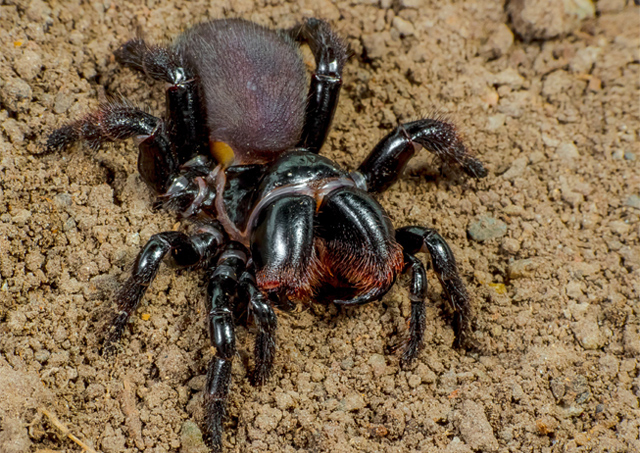
Via: School of Biomedical Sciences 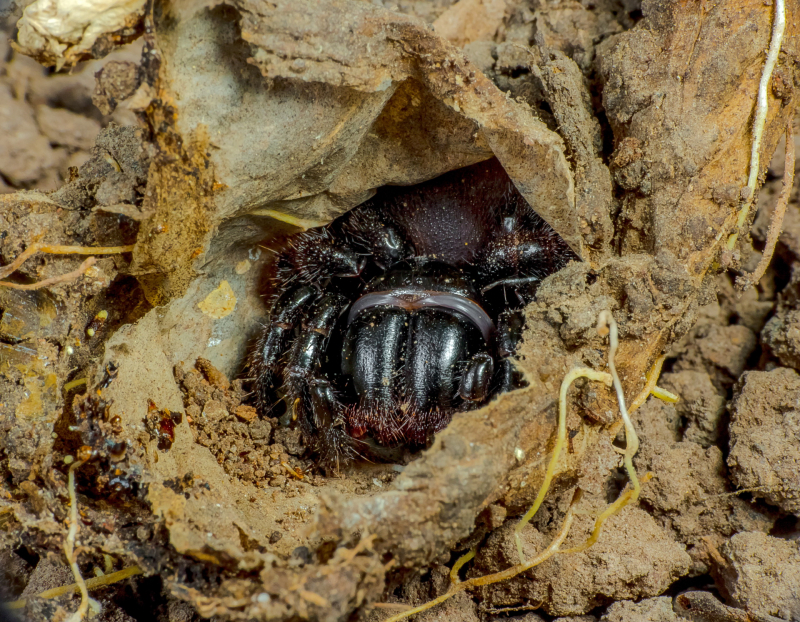
Via: Wikimedia Commons -
Prairie dogs (genus Cynomys) are herbivorous burrowing mammals native to the grasslands of North America. Because other species frequently use their mounds, prairie dogs are regarded as keystone species. Their mound-building supports grass growth and topsoil renewal, which is important for soil quality and agriculture. It also replenishes the soil with rich minerals and nutrients. Other species also use prairie dog tunnels as a place to nest, including the mountain plover, the burrowing owl, and the golden-mantled ground squirrel. Prairie dogs frequently graze on the same terrain as grazing animals including pronghorns, mule deer, and plains bison.
The prairie dogs who dwell in the burrows are able to stay warm in the winter and cool in the summer because of the way the burrows are constructed. They can be up to 33 feet long and nearly 10 feet deep, have efficient ventilation and prevent flooding in the tunnels and chambers. The burrow can have up to six entrances and contain chambers for babies, nighttime sleeping, wintertime refuge, and hiding from or even listening for predators.
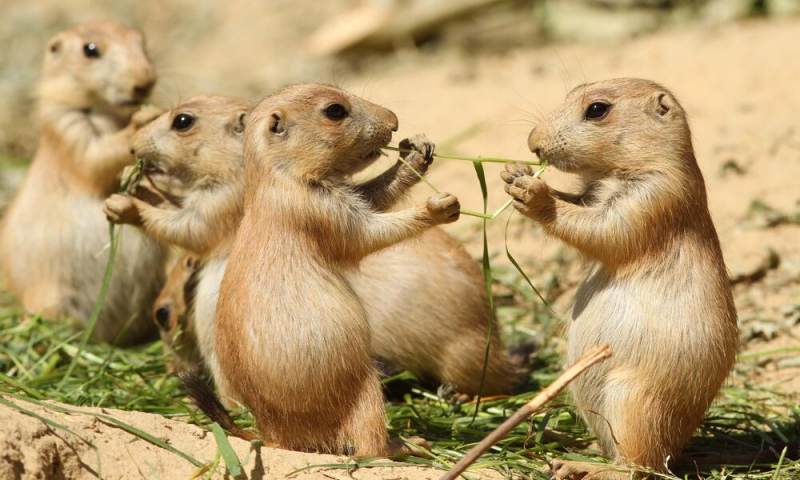
Via: World Wildlife Fund 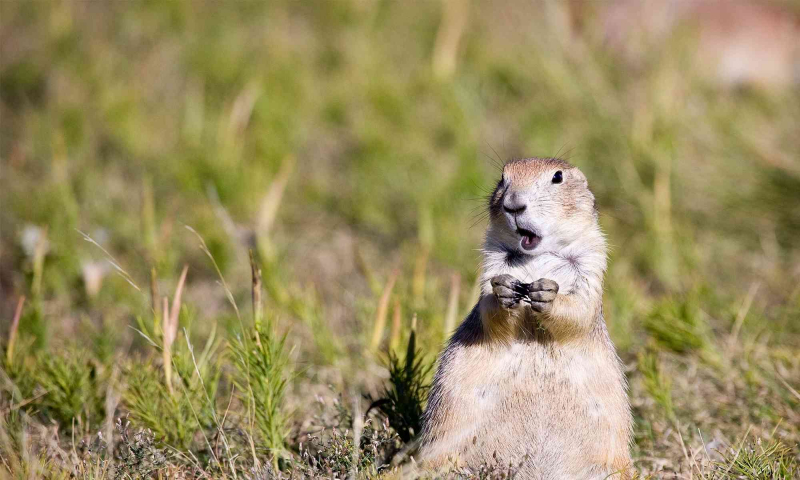
Via: Defenders of Wildlife -
Bilby (Macrotis lagotis), also called greater bilby, dalgyte, or greater rabbit-eared bandicoot. They are small, burrowing, nocturnal, long-eared marsupial belonging to the family Thylacomyidae (order Peramelemorphia) and native to Australia. Bilbies are omnivorous. In addition to consuming the seeds of native grasses, plant bulbs, and fruits, bilbies prey upon insects (such as termites), worms, and small lizards and mammals. Many bilbies are killed annually by native predators such as wedge-tailed eagles (Aquila audax), carpet pythons (Morelia spilota), and monitor lizards (family Varanidae). But invasive animals like red foxes, feral cats, and dingoes are largely to blame for bilby mortality, as well as dingoes.
Uniquely, bilby burrows spiral downward, providing the animal with an additional layer of protection from potential predators. A bilby frequently has more than one of the tunnels, which can be up to 10 feet long and 6.5 feet deep. Young bilbies remain in the burrow after they have left their mother's pouch while she departs to graze at dusk.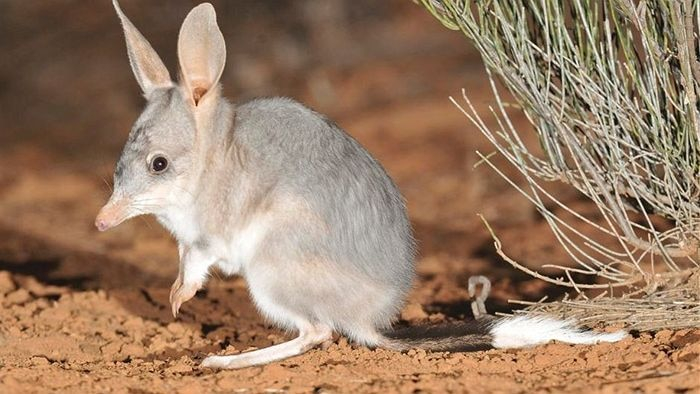
Via: ABC 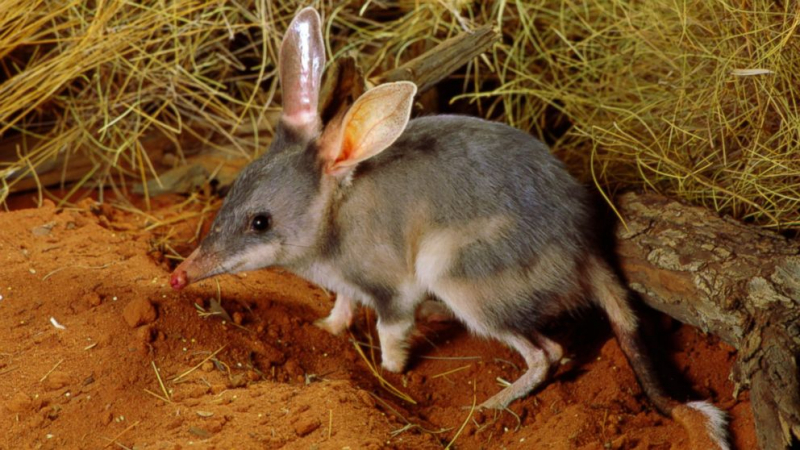
Via: ABC News -
The mole of the Talpidae family is perfectly built for a burrowing lifestyle. It has become somewhat of a pest in many regions due to its prowess at digging and burrowing. The central chamber from which a number of tunnels extend is the home of the European mole, which may be found from western Europe east into Russia. The mole has small eyes since it doesn't need good vision because it spends most of its time underground. Its hearing, touch, and smell capabilities are all highly developed at the same time.
The mole possesses large, outward-facing front paws with powerful claws and additional thumbs, as well as velvety, dense fur. The muscles on its shoulders are strong, but the back paws are lessened. Moles adore earthworms, and their saliva contains a poison that temporarily paralyzes the worm. This lets the mole take it back to a chamber used as a larder so it can eat the worm fresh later on. Interestingly, moles are good swimmers, and the tiny tentacles that give North America’s star-nosed mole its name help the animal find prey in water.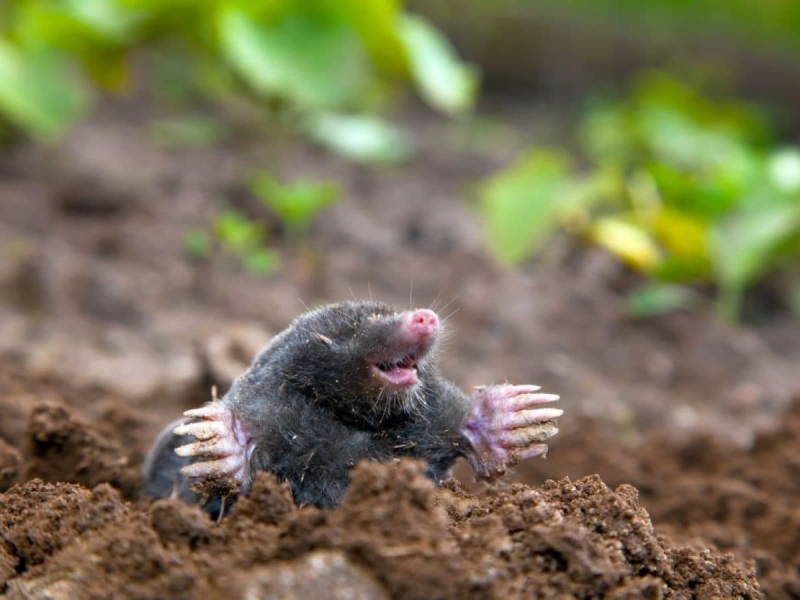
Via: Élite Gestion Parasitaire 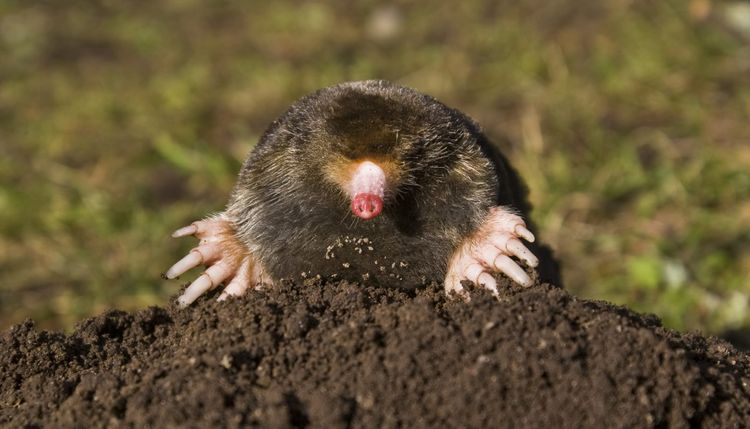
Via: Kidadl -
Though some termite mounds can grow many feet above the ground and last for centuries, they also create burrows, or nests in the ground and rotting wood. On Earth, everywhere but Antarctica, termites are common. Some termite species, known as calies, construct several linked nests made of dung, soil, and partially consumed wood or other plant material. These nests perform a similar job and are just as detailed as any apartment building. They serve as areas for termites to store food, raise their young, and protect them from disease, predators, and bad weather.
There is a fertile queen and a king who is her lifelong partner, just like with mole rats. A secondary or tertiary queen could exist. Workers take care of the queen, whose belly can occasionally get so swollen with eggs that she is unable to move, while soldiers guard the nest. They take meticulous care of the eggs and nymphs and maintain the nest. The termites that hunt food, break down cellulose, and feed their nestmates are also workers.
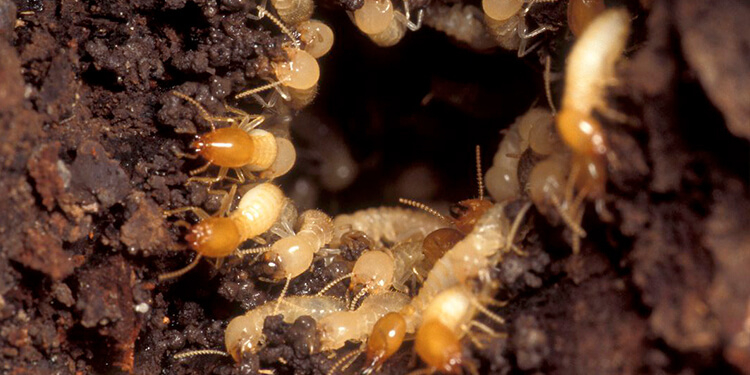
Via: Terminix 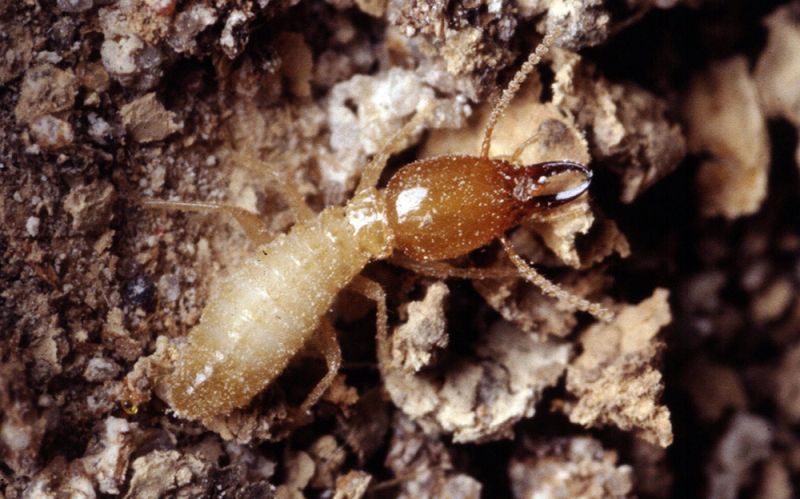
Via: Entomology Today -
Badgers are also made for digging burrows, with their squat, low-to-the-ground bodies and long, strong claws. The typical traits of badgers, which include a long head, nose, and small ears, are those of weasels. The only places where they are not present are in South America, Australia, the Arctic, and Antarctica. Badgers can live alone or in cetes, or family groups, in their burrows, which are referred to as setts.
The badger sett is similar to prairie dog burrows in that it contains numerous entrances and interconnecting tunnels. The tunnels, which have rooms for caring for infants or sleeping, can be as long as 980 feet and as deep as 6.6 feet. Because of the badger's broad bulk, the tunnels are spacious. At the entrances to a sett, trash like old bedding or even the ancient bones of dead badgers are frequently discovered piled high. There is often one large sett with a number of satellite setts around it. In places where it gets very cold, badgers dig sleeping chambers beneath the frost line, and a number of them will sleep in the same chamber for warmth.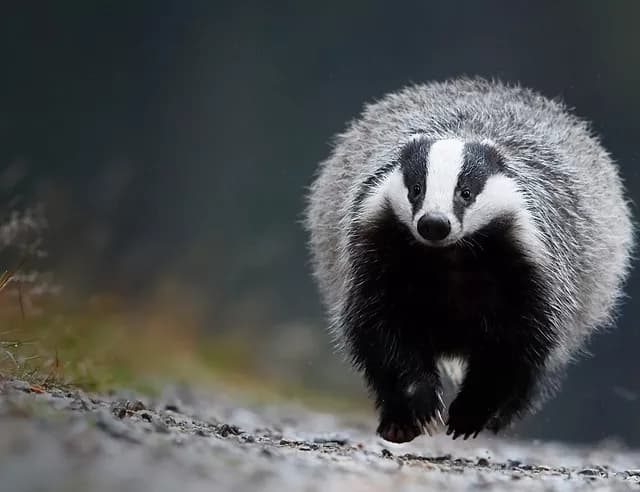
Via: Badger Trust 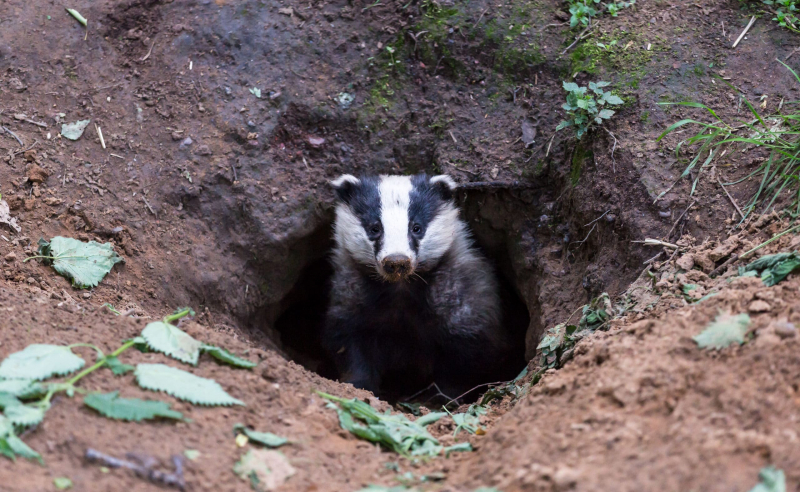
Via: Collington Winter -
The burrowing owl is one of the few types of birds that live in a proper burrow. Indeed, it most often moves into burrows vacated by prairie dogs. It’s found in the grasslands of North and South America. The fact that this tiny owl is active during the day rather than at night sets it apart from other owls. They are similar to prairie dogs in that they may dwell near fields, roads, and houses as well as in colonies with other burrowing owls. They've been discovered even on airport runways. Burrowing owls have an additional intriguing characteristic in that when threatened, they will not only flee into their burrow but also make noises that resemble rattlesnake warning calls.
The burrowing owl constructs its nest within the lined with cow dung burrow. This influences environmental control and draws insect prey. Additionally, it scatters this feces all around the burrow's opening. Both parents care for the chicks when they hatch while the female incubates the eggs and the male provides food for her during the breeding season.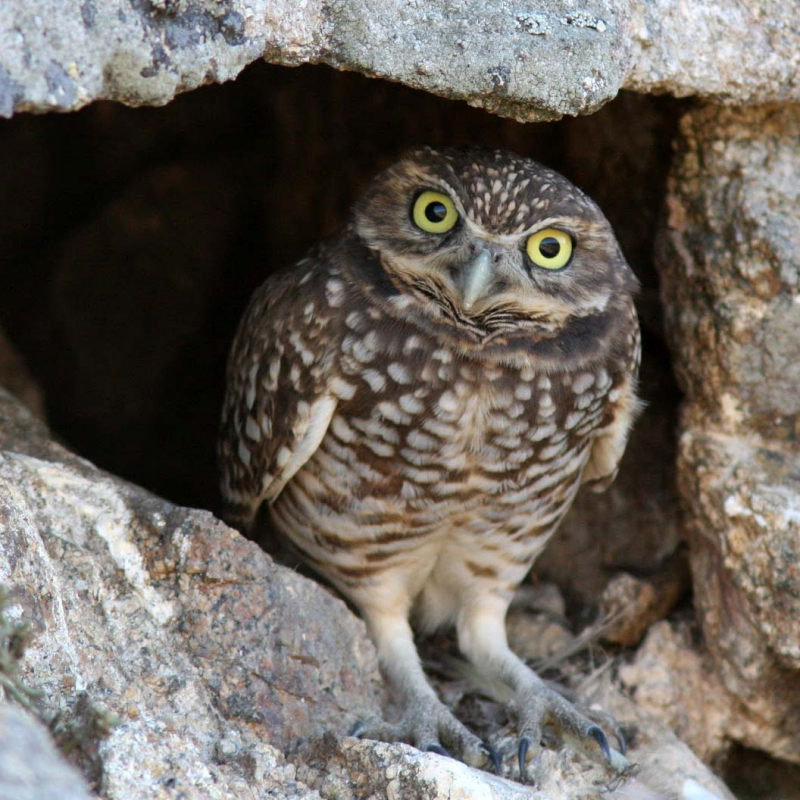
Via: River Otter Ecology Project 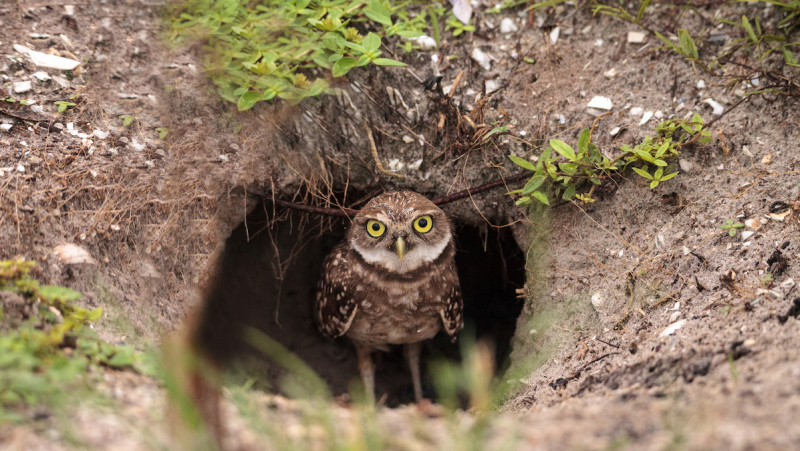
Via: EcoWatch -
Rabbit burrows are famously called warrens, and they are interconnected burrows. A rabbit's burrow can be created naturally or artificially using pillow mounds. They typically measure around 6.5 feet deep and feature multiple openings and chambers. Due to greater drainage, rabbits prefer to create their warrens on slopes or the sides of rivers or streams, but they can actually construct them in just about any place they can dig. The majority of the day is spent in the burrow by rabbits, who emerge at night to hunt for food.
The female constructs a separate burrow inside the warren called a stop and lines it with her own fur and plant matter when it is ready to procreate. The mother will cover the birth chamber with soil and go to go hunting when the infants are born. By doing so, the young bunnies are kept warm and shielded from danger - which, incidentally, can come from their own father.
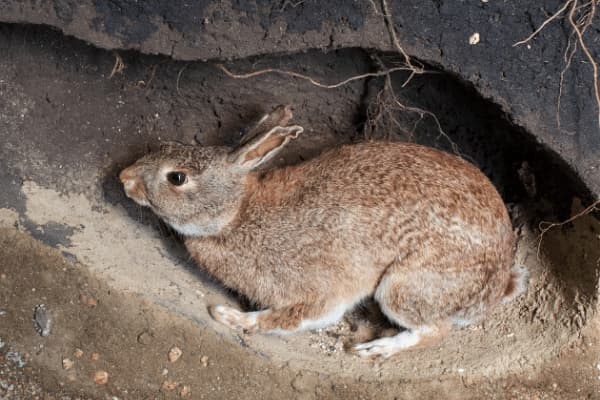
Via: Pinterest 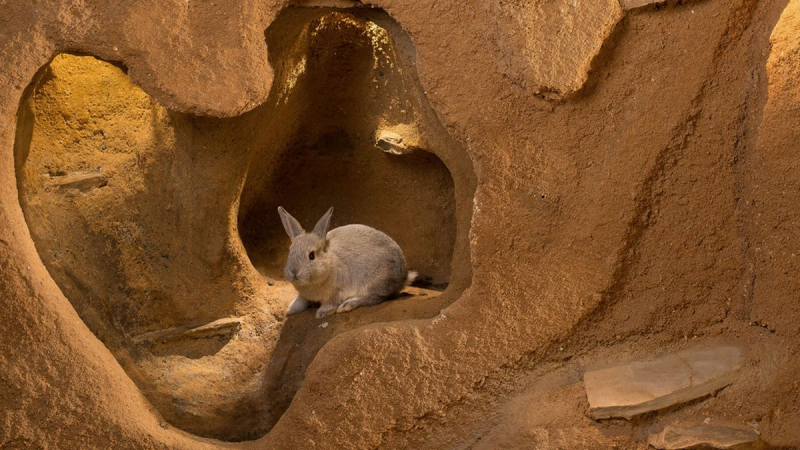
Via: The Mirror -
A pika is a small, mountain-dwelling mammal found in Asia and North America. They resemble its near relative, the rabbit, but have shorter, rounded ears. They have small, round ears, a fairly round body, an even coat of fur, and no external tail. The Himalayas and neighboring mountains are home to the large-eared pika, one of the highest mammals, which can be found at elevations of more than 6,000 m (20,000 ft).
Many refer to pikas as "whistling hares" because of the distinctive whistling sound they use to communicate. They eat plants and seeds gathered during the warmer seasons of the year. The food is buried and used for wintertime feeding. They don't have good nesting locations in the areas they reside in, which is why they live beneath. Because of this, they begin to create burrows, which serve purposes beyond simply providing them with refuge. Pikas create burrows that both lessen erosion and improve the soil quality in the places where they inhabit.
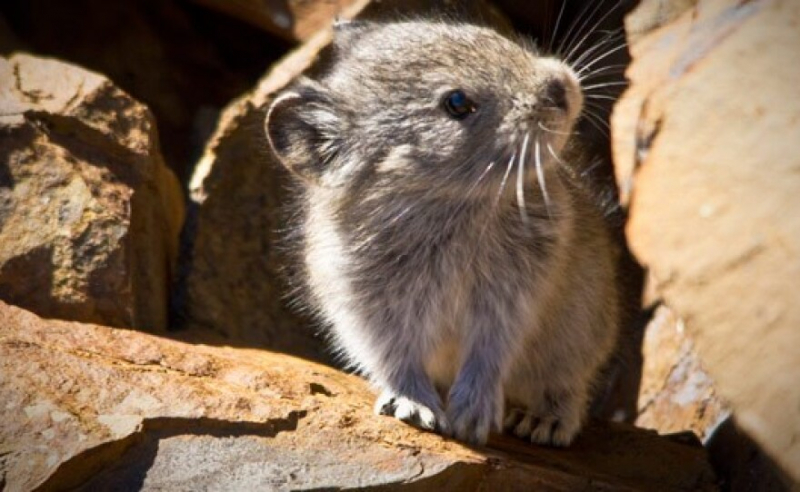
Via: National Wildlife Federation 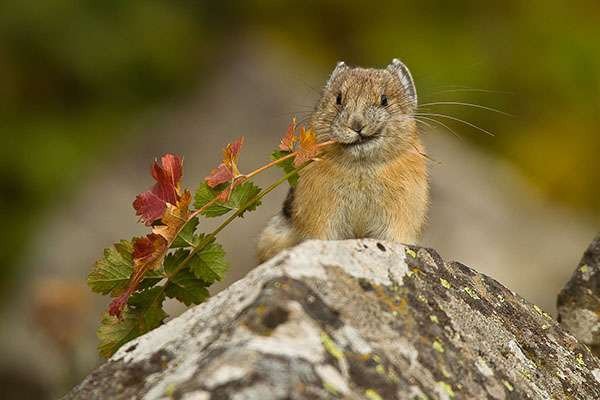
Via: Natural Habitat Adventures














